The Bible overflows with intriguing accounts of the lives of individuals from eras incredibly distant in history. It is for this reason that surviving antiquities and sites hold such great value. They provide what no book can: a firsthand understanding of times gone by. Below are some of the prominent places mentioned in Scripture and their current locations.
JERICHO
The ancient city of Jericho was well known for its outstanding fortification. The wall was so thick a woman had her house built within its structure (Joshua 2:15). It was so high that men (who were not at the top) had to be let down by ropes to reach the ground. The Israelites famously brought down these walls by blowing trumpets and shouting at the top of their voices.
In the New Testament, Jericho is mentioned in relation to Christ’s ministry. Bartimaeus the blind beggar sat on a road within this city. Zacchaeus the chief tax collector—the one who climbed a tree, held a supper for Jesus in a home at the same place.
Presently Jericho is located in the state of Jordan. The city is on the western side of the Jordan River. It is not far from the Dead Sea and therefore sits several hundred feet below sea level. Because the town has existed for such a long time, archaeologists have found more than twenty layers of earlier settlements in the current municipality.
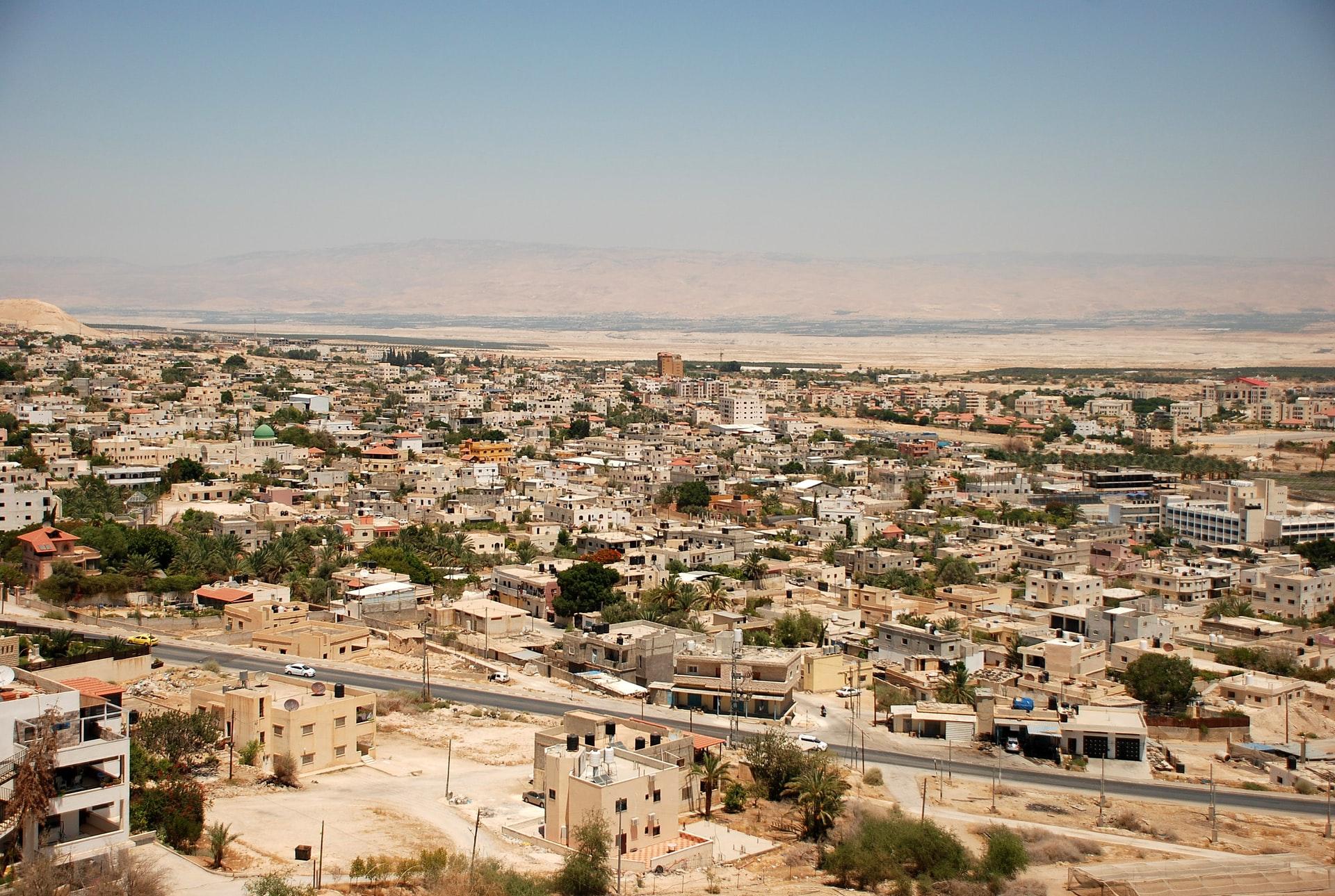
CANAAN
Like many early kingdoms, settlements or lands, Canaan was named after its founder. He was the son of Ham and grandson of Noah the ark builder. His firstborn was Sidon from where the Sidonians, who occupied the coastal areas of the Great Sea (the Mediterranean), descended.
God directed Abraham to resettle in Canaan and the patriarchs of Israel made it their home. The accounts of the lives of Isaac together with Jacob and his sons have their focus here. It is from the same country that Joseph was sold to the Ishmaelites. Parts of the Promised Land were situated in various provinces of Canaan.
What was Canaan now stretches over Israel, Gaza, Jordan alongside parts of Lebanon and Syria. Like it was in Abraham’s time, the current area is occupied by people from different political territories, faiths and backgrounds. Localities therefore have varying names depending on who is making reference.
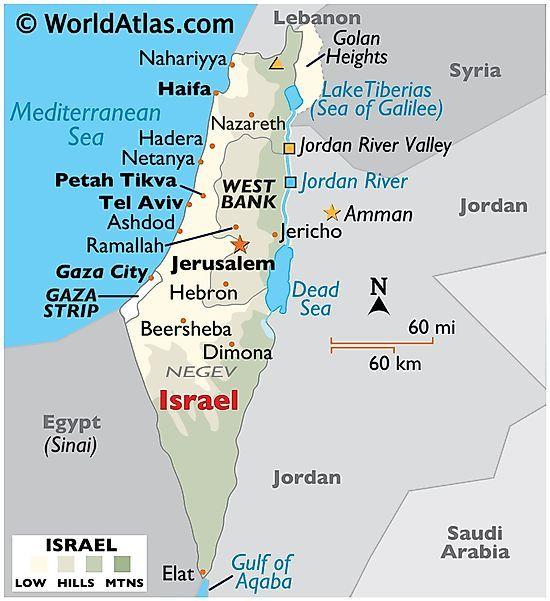
GOSHEN
Before the exodus, Joseph gave this land of ancient Egypt to his relatives. During Moses’ time the area was a sanctuary for the Israelites as God judged the kingdom that enslaved them. Goshen was described as “the best of the land” (Genesis 47:6) because it was well-watered by various distributaries of the Nile. This made it suitable for crop farming and livestock rearing. It was also a part of the greater province of Rameses.
Although Goshen cannot be precisely identified today, most historians agree it was somewhere north of Cairo near the current city of Zagazig. The city is within the Nile Delta region and is one of the most fertile areas of Egypt. It is presently a significant producer of grain and cotton for export.
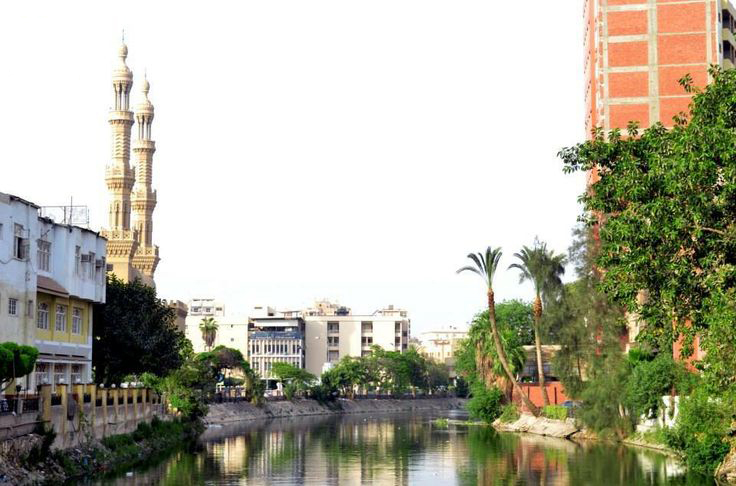
SINAI
The mountain from which God gave the Israelites his law was situated in this ancient wilderness. On several occasions Moses went up the heights to receive various instructions. Two tablets of stone were engraved with inscriptions of the commandments on the mountain. It is also from there that the presence of God engulfed the summit with thick cloud and intense lightning.
The exact location of Mount Sinai is uncertain, although there are several spots that have been suggested. That said Jebel Musa within the Sinai Peninsula is largely believed to be the area of the revered Biblical elevation. Professor Graham Davies from Cambridge University states that early Jewish pilgrims recognized Jebel Musa as Sinai and thereafter it was acknowledged by Christians.
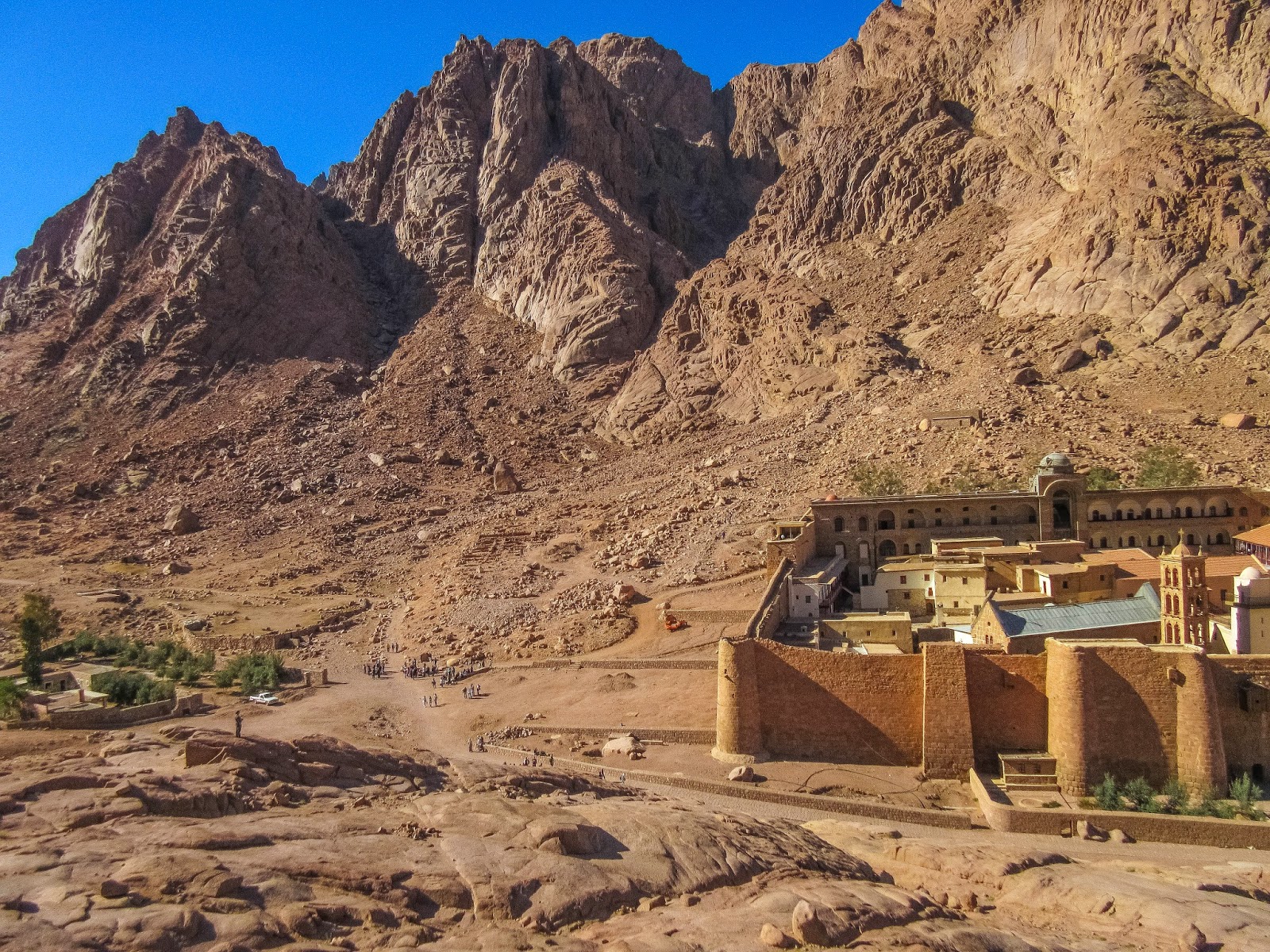
TIMNAH
Samson the man of extraordinary strength was familiar with this place. His wife originated from Timnah and she was Philistine. While in this part of Philistia he fought a lion with his bare hands, posed a riddle and defeated a thousand warriors wielding the jawbone of a donkey (Judges 15:16). He later met Delilah in the valley of Sorek and for several thousand pieces of silver, she betrayed him to the Philistine lords.
The site where Timnah used to exist can be found in present-day Israel. Several aggregated debris of past settlements were discovered by archaeologists on a plain in the Sorek valley. This area is known as Tel Batash (Hebrew) and is believed to be the location of ancient Timnah. A heap of debris was discovered there in the nineteenth century by Clermont-Ganneau.

MOAB
The nation of the Moabites descended from Lot who was Abraham’s nephew. Several parts of Scripture reference people from this kingdom and the place itself. Ruth is a notable personality who was Moabite. She married a man from Israel called Boaz and two generations later David was born. It is fair to say he is one of the most widely known kings of Israel.
As recently as the late 1800s the area was still called Moab. Dr. A. Forder in his book (Ventures Among The Arabs) narrates his visit to various parts of what is now Jordan. In several instances he calls the land Moab. A tiny excerpt:
“On return to Moab the journey from Jerusalem was again one of exciting interest.”
The ancient Moabite territory is now part of the state of Jordan. It has obviously changed significantly since Dr Forder’s times but still has some ruins that tell a story of the former kingdom. The historical capital of Moab Dibon can be found in Jordan and is now called Dhiban.
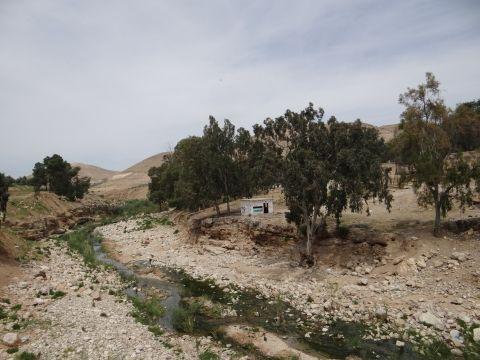
VALLEY OF ELAH
This valley is renowned for hosting one of the most famous duels in history. The Philistine giant Goliath challenged Israel’s army to send a man to fight him at this location. All Saul’s men were terrified of the enormous warrior who was over eight feet tall. The young shepherd David stood up and volunteered to go against him. The giant was defeated and Israel overcame the Philistine army.
The valley of Elah also called Emek HaElah (Hebrew) is found in present-day Israel and the West Bank, the area is an important archeological site. In recent times, two gates were discovered that fit with the ancient city Shaaraim (1 Samuel 17:52). The valley of Elah is a popular tourist destination.
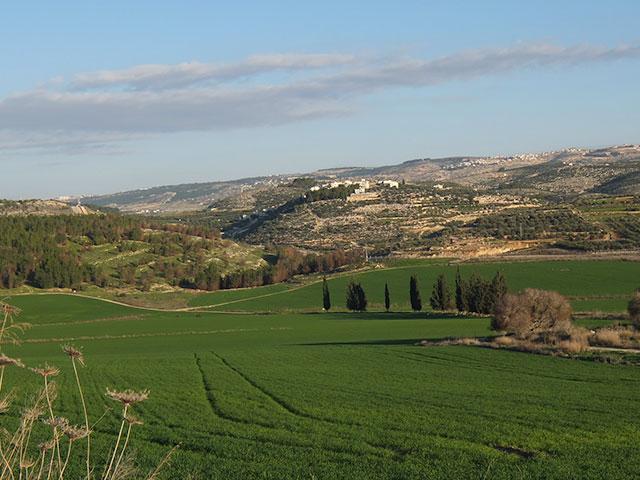
BABYLON
This land that had its beginnings in Mesopotamia is referenced throughout Scripture. In many ancient writings it is described as a center for merchants and trade. During Joshua’s time a man of Israel narrated how he found a unique garment, “a nice robe from Babylon, two hundred silver pieces, and a bar of gold weighing fifty shekels” (Joshua 7:21).
Babylon also became home to thousands of Israelites during the captivity. Nebuchadnezzar II had invaded Jerusalem with his army and took a sizeable part of the population to his kingdom. He burned the temple built by Solomon and destroyed the royal palace alongside every large building in Jerusalem.
Daniel and his colleagues lived in Nebuchadnezzar’s Babylon and from this territory he was cast into the lions’ den. It is from the same place that King Belshazzar literally saw the writing on the wall (Daniel 5:5).
The geographical area where Babylon was located is currently called Iraq. All that is left of Nebuchadnezzar’s grand palace is a mass of ruins known as Babil. Excavations have been carried out there since 1811, the result being the retrieval of several artifacts that shed much light on life in ancient Babylon.
During the war in 2003, several antiquities and historical sites were looted or damaged. There has been an effort to protect key sites in Iraq better and restore what was lost.
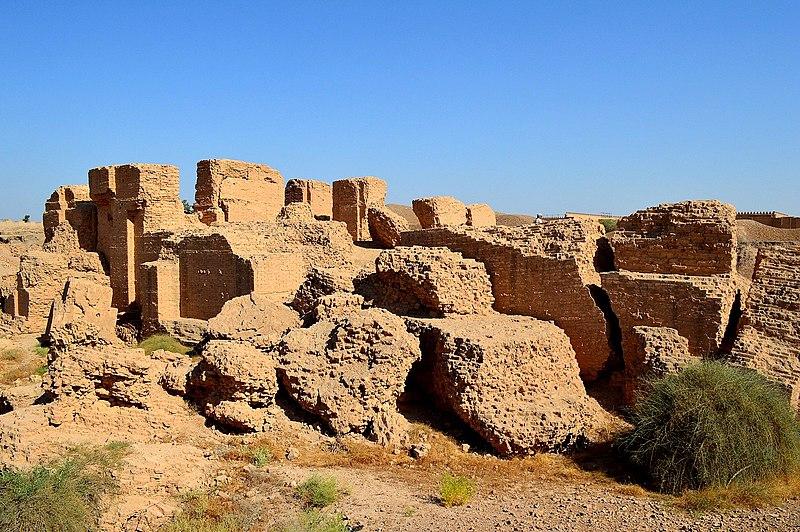
JOPPA
At this harbor Jonah boarded a ship going to Tarshish in order to flee from God. On his way, a formidable storm met the vessel and the prophet found himself in “the heart of the seas” (Jonah 2:3). He was later spat out on the shore by a great fish that had ingested him.
Tarshish (Jonah’s destination) was a coastland and center for commerce at the time. King Solomon had a fleet of ships that landed there once every three years and brought silver, gold, ivory, apes, peacocks and other exotic treasures.
Joppa today can be found in Tel Aviv Israel. It is currently a coastal town called Jaffa. The port is one of the oldest in the world and is a center for commerce and a busy transit area for travelers.
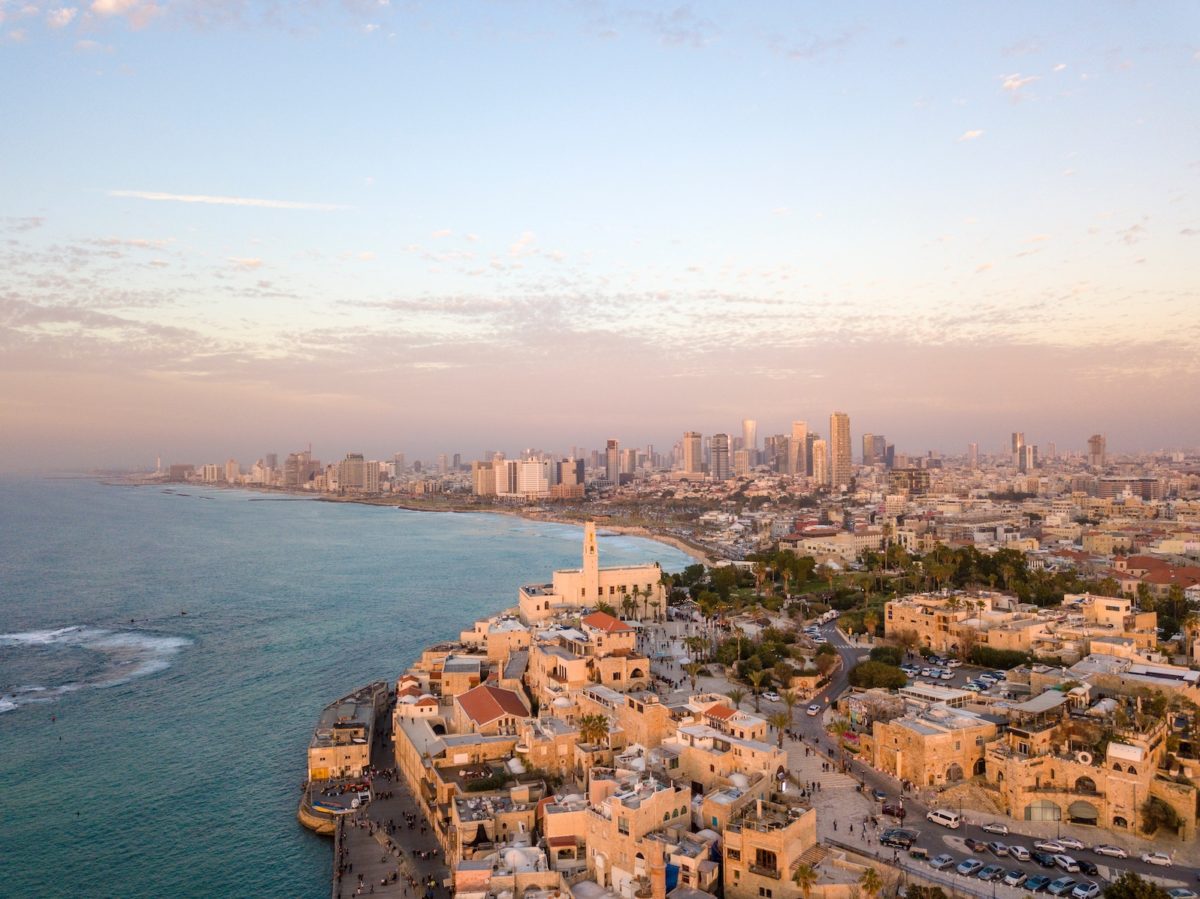
BETHLEHEM
The “house of bread” is mentioned in various parts of Scripture. In earlier times it was called Ephrathah and in other instances Bethlehem of Judah or Bethlehem-Judah. Elimelech, the would-be father-in-law of aforementioned Ruth was a citizen of Bethlehem. Israel’s King David was also a Bethlehemite.
More significantly though, it was the city that gave us Christ himself. This was the birth place of Mary’s firstborn child. “She brought forth her firstborn son, and wrapped him in swaddling clothes, and laid him in a manger; because there was no room for them in the inn”, Luke 2:7 says.
Currently Bethlehem is a town in the West Bank area. And as you would expect, it is a thriving tourist center because of its historical significance to Christians all over the world. The main attraction is the Church of the Nativity, the place believed to be the birth place of Jesus. This Church was built by Constantine and although partly destroyed in 529 AD, it still stands today.
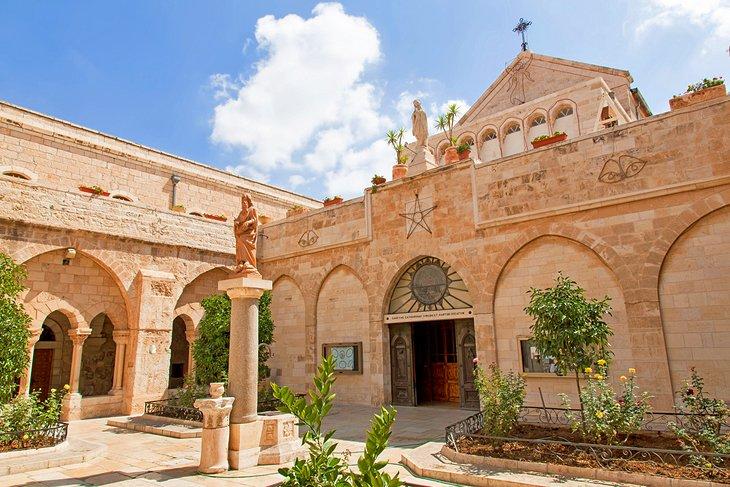
THE JORDAN RIVER
The river Jordan was part of several important events recorded in the Bible. In the early times of Israel’s existence it was a “bridge” or symbolic of transition into the land of God’s promise. Vast parts of the Promised Land were across the river.
It was the Jordan River that the prophet Elijah struck with his folded cloak and parted the waters (2 Kings 2:8).
John the son of Zechariah carried out baptisms in the same river. “Jerusalem and all Judea and the region about the Jordan were going out to him, and they were baptized by him in the river Jordan, confessing their sins” (Matthew 3:5-6). John baptized Christ from this significant watercourse.
The river Jordan (Ha-Yarden in Hebrew) is over 223 miles long and runs through parts of Syria, Lebanon, Israel, the West Bank and Jordan. It has three major sources which rise at the base of the mountain Hermon. Once within Israel, those sources combine into one river at the Hula valley. South of this valley, the river drops towards the shore of the Sea of Galilee.
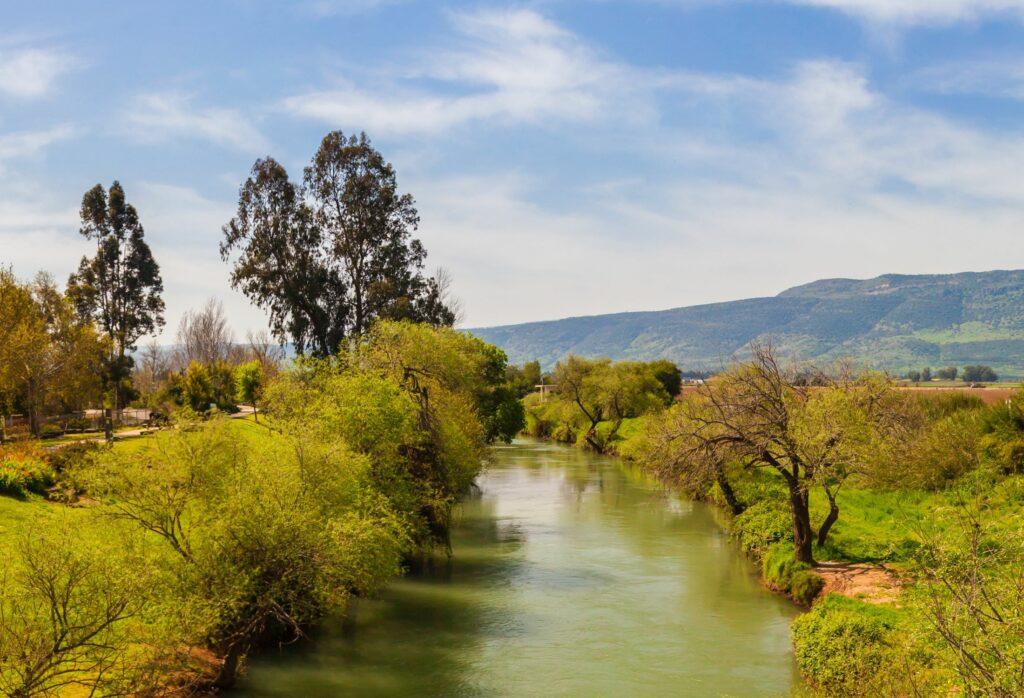
GALILEE
Although Galilee is often associated with the New Testament, there are several mentions of it in the Old Testament. The prophet Isaiah said, “He brings honor to the way of the sea, the region beyond the Jordan, and Galilee of the nations” (Isaiah 9:1). The books of Joshua, 1 Kings and Chronicles also have references to this geographical region.
Galilee was made famous by Christ and his ministry. Jesus grew up in Nazareth (within Galilee) a town located north of Samaria and Judea. He performed countless miracles there not least when he walked on waters of the sea.
Galilee or Ha-Galil (Hebrew) can today be found in northern Israel and is divided into two parts, Lower and Upper Galilee. The lower part consists of Nazareth and the Sea of Galilee.
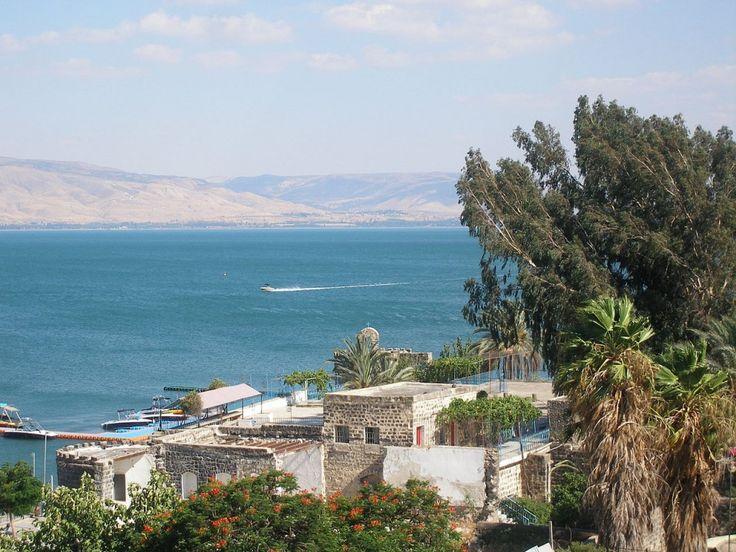
DAMASCUS
Saul of Tarsus (who later became Paul) is the person that first comes to mind when one thinks of Damascus. It was on the road there that he encountered Christ. Ironically he was on his way to persecute Christians from the early Church. In Acts chapter 9 it says, “As he was going along, approaching Damascus, suddenly a light from heaven flashed around him.” He fell to the ground and lost his vision. Saul was later converted and went on to become one of Christ’s most passionate advocates.
Damascus is located in present-day Syria. Despite the Syrian population being predominantly Muslim there are still a few vestiges of Paul’s historical presence in the area. The Chapel of St. Paul is one such example. It is built on what is believed to be the spot where Paul escaped by being lowered through a window in a basket as the Bible states in 2 Corinthians 11: 32-33.
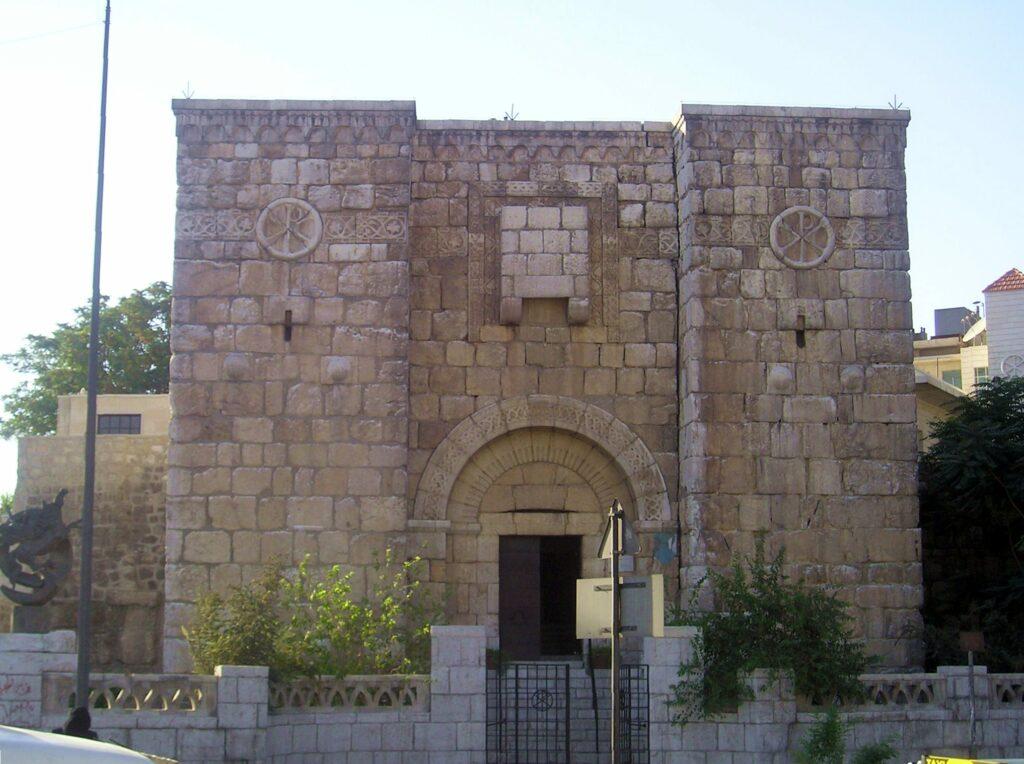
ISLAND OF PATMOS
Although not as well-known as most of the places mentioned previously, the Island of Patmos holds much significance. It is the Isle from which the writings of the book of Revelation were received by John one of the disciples of Jesus. He wrote, “John, your brother and partner in the tribulation and the kingdom and the patient endurance that are in Jesus, was on the island called Patmos on account of the word of God and the testimony of Jesus” (Revelation 1:9). He then went on to divulge all he had seen and heard on that day.
The Island Of Patmos is found in Greece and is one of the most important religious destinations on the globe. It is a place of natural beauty and there are several spots of interest not least “the Cave Of The Apocalypse”. It is from this cave that John received the revelation. At the turn of the century it was declared a world heritage site by UNESCO.
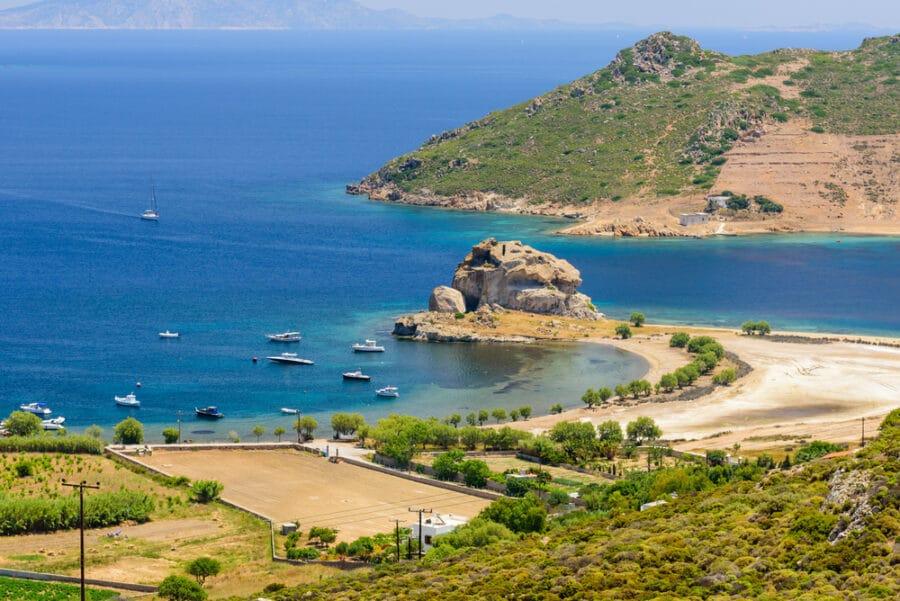
Some Images used in post courtesy of IMB
Patmos Island image from CTD
Images remain the copyright of their respective owners, where possible permission for use was sought.
Christian Inspirational & Praise Radio
Listen To Contemporary Christian Music And Faith Messages From Olive Radio.
Get The New App


Thanks, informative.
You’re welcome. Thank you for taking the time to comment Susan.
Thanks for the information! Really enjoyed this.
Tyrone, I am glad you enjoyed reading the post. This kind of historical information intrigues me as well. Thanks for sharing your thoughts. Blessings.
Thank you so much for putting this together 😊 God bless you.
You’re welcome Bosede, thanks for stopping by as well. Blessings
Blessed to see all those blessed places. Thank you very much for posting this. Love from India!
You’re welcome Johnson, thank you for taking a moment to express your appreciation. Our love to you in India, God bless.
My curiosity has been assuaged. I enjoyed reading this.
Nice to know you found the post interesting and informative, thanks for leaving your thoughts Fabique. Be blessed.
Amazing. I enjoyed reading every bit of it. Be blessed
Glad to know you loved reading this piece on Biblical locations. Blessings to you as well Roy.
Thank you so much you have helped generations.
Geofrey thanks for expressing your appreciation, we are always glad when what we write ministers to those who read. Blessings
Thanks. I really enjoyed the write-up. God bless you…
Glad you liked this Christopher, thanks for showing your appreciation and God bless you too.
Wonderful work. May God bless you with wisdom, research more for us. I was looking for a nice Christian name for my business. Thanks a lot.
Thanks Rotich for the kind words. It’s interesting to know how you ended up here. Since you’re starting a business you can take a look at this. The Biblical principles there will help you in your new venture. Blessings
Thank you so much
God bless you, Am Erick from Uganda 🇺🇬
You’re welcome Erick, we’re glad you enjoyed reading this, thanks too for taking the time to comment. Nice to know where you’re from as well. Blessings
In fact, I’m blessed & instigated to desire some aforementioned places.
We’re glad you were blessed by this post Samuel. It will certainly be great if you get an opportunity to visit some of these places. Thanks for taking the time to comment.
Deep and satisfying spiritual linkage of ancient period Scriptures most valuable and important places with present time. Heartily thankful, God bless you.
Thanks for your comment Sanjib. The Scriptures are based on real events and people, these places remind us that our faith rests on reliable foundations. God bless you too.